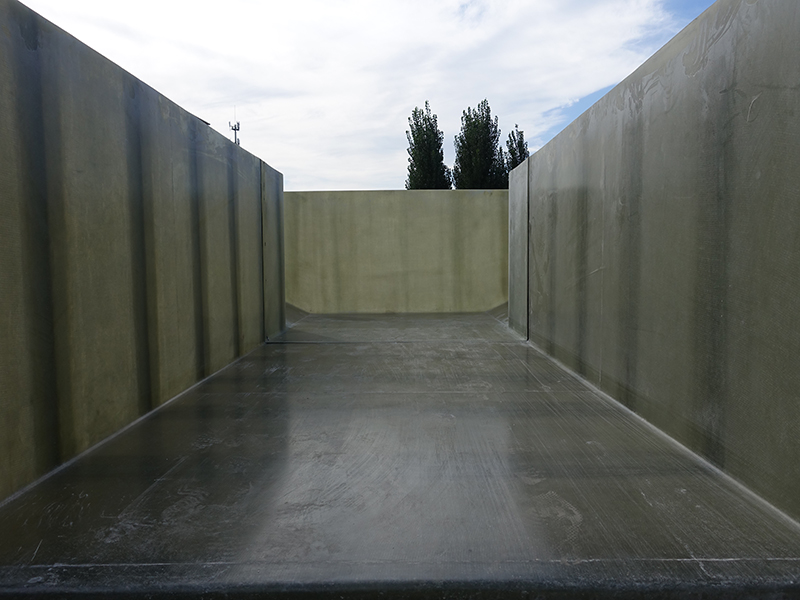
-
 Afrikaans
Afrikaans -
 Albanian
Albanian -
 Amharic
Amharic -
 Arabic
Arabic -
 Armenian
Armenian -
 Azerbaijani
Azerbaijani -
 Basque
Basque -
 Belarusian
Belarusian -
 Bengali
Bengali -
 Bosnian
Bosnian -
 Bulgarian
Bulgarian -
 Catalan
Catalan -
 Cebuano
Cebuano -
 China
China -
 China (Taiwan)
China (Taiwan) -
 Corsican
Corsican -
 Croatian
Croatian -
 Czech
Czech -
 Danish
Danish -
 Dutch
Dutch -
 English
English -
 Esperanto
Esperanto -
 Estonian
Estonian -
 Finnish
Finnish -
 French
French -
 Frisian
Frisian -
 Galician
Galician -
 Georgian
Georgian -
 German
German -
 Greek
Greek -
 Gujarati
Gujarati -
 Haitian Creole
Haitian Creole -
 hausa
hausa -
 hawaiian
hawaiian -
 Hebrew
Hebrew -
 Hindi
Hindi -
 Miao
Miao -
 Hungarian
Hungarian -
 Icelandic
Icelandic -
 igbo
igbo -
 Indonesian
Indonesian -
 irish
irish -
 Italian
Italian -
 Japanese
Japanese -
 Javanese
Javanese -
 Kannada
Kannada -
 kazakh
kazakh -
 Khmer
Khmer -
 Rwandese
Rwandese -
 Korean
Korean -
 Kurdish
Kurdish -
 Kyrgyz
Kyrgyz -
 Lao
Lao -
 Latin
Latin -
 Latvian
Latvian -
 Lithuanian
Lithuanian -
 Luxembourgish
Luxembourgish -
 Macedonian
Macedonian -
 Malgashi
Malgashi -
 Malay
Malay -
 Malayalam
Malayalam -
 Maltese
Maltese -
 Maori
Maori -
 Marathi
Marathi -
 Mongolian
Mongolian -
 Myanmar
Myanmar -
 Nepali
Nepali -
 Norwegian
Norwegian -
 Norwegian
Norwegian -
 Occitan
Occitan -
 Pashto
Pashto -
 Persian
Persian -
 Polish
Polish -
 Portuguese
Portuguese -
 Punjabi
Punjabi -
 Romanian
Romanian -
 Russian
Russian -
 Samoan
Samoan -
 Scottish Gaelic
Scottish Gaelic -
 Serbian
Serbian -
 Sesotho
Sesotho -
 Shona
Shona -
 Sindhi
Sindhi -
 Sinhala
Sinhala -
 Slovak
Slovak -
 Slovenian
Slovenian -
 Somali
Somali -
 Spanish
Spanish -
 Sundanese
Sundanese -
 Swahili
Swahili -
 Swedish
Swedish -
 Tagalog
Tagalog -
 Tajik
Tajik -
 Tamil
Tamil -
 Tatar
Tatar -
 Telugu
Telugu -
 Thai
Thai -
 Turkish
Turkish -
 Turkmen
Turkmen -
 Ukrainian
Ukrainian -
 Urdu
Urdu -
 Uighur
Uighur -
 Uzbek
Uzbek -
 Vietnamese
Vietnamese -
 Welsh
Welsh -
 Bantu
Bantu -
 Yiddish
Yiddish -
 Yoruba
Yoruba -
 Zulu
Zulu
Fiberglass Ducts Show Outstanding Durability and Resistance to Harsh Environmental Conditions
The Exceptional Resistance of Fiberglass Ducts
In the realm of building materials and HVAC systems, fiberglass ducts have gained significant attention for their unique properties and advantages. These ducts are increasingly being recognized for their exceptional resistance against various environmental factors, making them an ideal choice in many applications. This article explores the benefits and reasons why fiberglass ducts are a preferred option in modern construction and air distribution systems.
Fiberglass ducts are primarily composed of a combination of glass fibers and polymer resins. This composition bestows them with several remarkable characteristics, particularly their resistance to corrosion, moisture, and extreme temperatures. Traditional duct materials, such as metal or plastic, can succumb to rust, mold, or degradation over time, especially in environments prone to humidity or chemical exposure. In contrast, fiberglass ducts remain stable and unaffected under such conditions, ensuring a longer lifespan and lower maintenance costs.
One of the primary advantages of fiberglass ducts is their resistance to moisture. In areas where high humidity levels are prevalent, such as bathrooms, kitchens, or industrial settings, the likelihood of condensation forming on metal ducts can lead to significant problems. Water accumulation can result in mold growth, decreased air quality, and structural damage. Fiberglass ducts, on the other hand, eliminate these risks due to their non-porous surface, which prevents moisture accumulation and supports a healthier indoor environment.
Furthermore, fiberglass materials exhibit excellent thermal insulation properties. This characteristic is crucial for maintaining energy efficiency in HVAC systems. Traditional metal ducts often suffer from thermal bridging, leading to energy losses and increased utility bills. Fiberglass ducts provide superior thermal resistance, which not only helps in maintaining consistent air temperatures but also reduces the workload on HVAC systems. By minimizing energy losses, fiberglass ducts contribute to lower energy consumption and a reduced carbon footprint—an essential aspect for environmentally conscious building practices.
fiberglass ducts demonstrate exceptional resistance against ...

Another significant benefit of fiberglass ducts is their resistance to chemicals and pollutants. In industrial or laboratory settings, where exposure to harsh chemicals is common, metal ducts can easily corrode, leading to leaks and potential hazards. Fiberglass ducts withstand aggressive chemicals without deteriorating, making them an excellent choice in environments where air quality is paramount.
Moreover, the lightweight nature of fiberglass ducts simplifies installation compared to traditional materials. Their reduced weight means less structural support is needed, resulting in quicker and more cost-effective installation processes. This advantage not only saves time but also minimizes labor costs, providing further economic benefits to builders and contractors.
The structure of fiberglass ducts also plays a vital role in their sound-dampening properties. Compared to metal ducts, fiberglass dampens noise created by airflow, leading to quieter environments. This feature is particularly valuable in commercial settings, schools, hospitals, and residential buildings where noise reduction is desirable for occupant comfort.
Another noteworthy feature of fiberglass ducts is their fire resistance. Fiberglass is inherently non-combustible, meaning it will not ignite under normal conditions. This factor, combined with specific fire-retardant treatments, makes fiberglass ducts a safe choice for air handling in buildings, ensuring compliance with fire safety codes and standards.
In conclusion, fiberglass ducts demonstrate exceptional resistance against a multitude of environmental challenges, making them a superior choice in various applications. Their ability to resist moisture, corrosive chemicals, and extreme temperatures, coupled with their energy efficiency and sound-dampening properties, ensures a more durable and effective air distribution system. As the construction and HVAC industries continue to evolve, the use of fiberglass ducts is likely to expand, providing enhanced performance and sustainability for modern buildings. This shift not only promotes a healthier indoor climate but also aligns with the growing demand for environmentally friendly and energy-efficient solutions.









